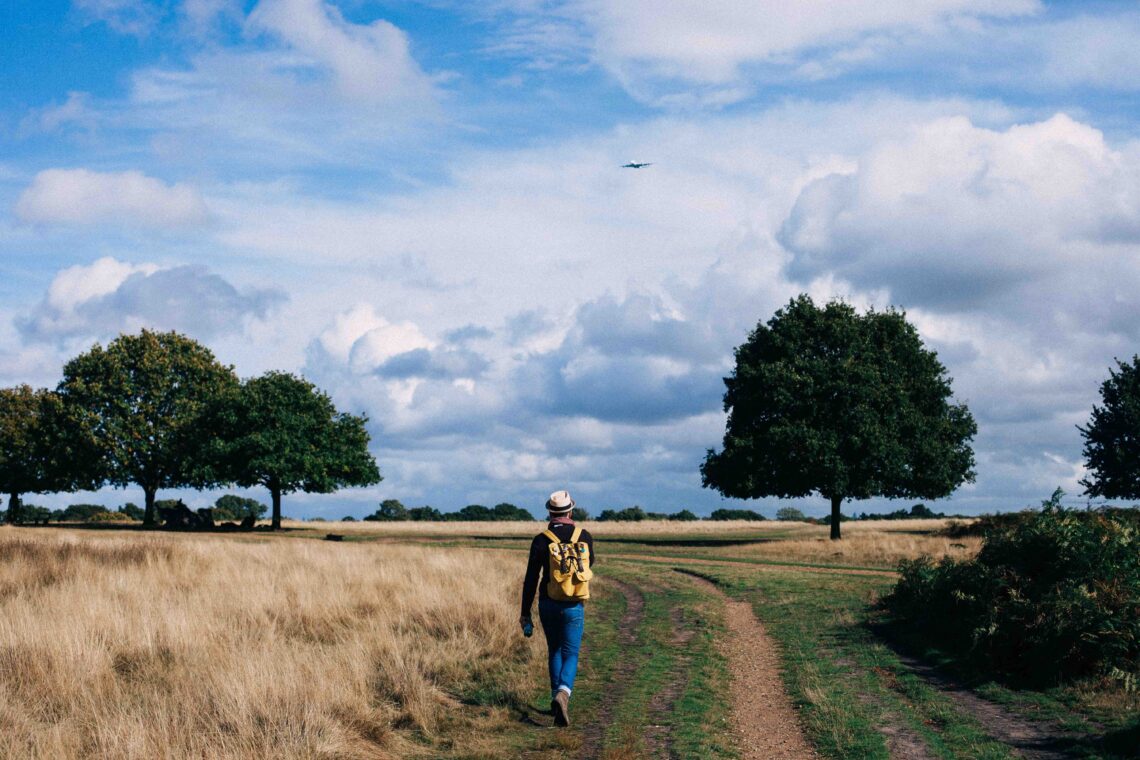
Exploring the benefits of being outdoors
Have you ever wondered why going on a camping trip or spending a weekend at the cottage is so alluring? Why, even during the government’s stay at home orders, a daily walk was not only encouraged, but called a necessity? There is scientific evidence that shows the myriad of physical and mental health benefits of spending time outside.
Mental health issues continue to plague the country, with stress and anxiety on the rise due to the impacts of COVID-19. Statistics Canada released the results of their online questionnaire which showed the decline of mental well-being amongst the general population. The results reported that youth, ages 15 to 24, are suffering the most with almost two-thirds of those asked reporting a negative impact on their mental health. With many jobs and classes transitioning to online, it is important to stray from the screen every once in a while and get some fresh air.
Spending time outside increases vitamin D levels from sunshine hitting the skin. According to the National Institutes of Health, Vitamin D is important for absorbing calcium and supporting strong bones, sustaining muscle movement and fighting against bacteria and viruses. So the more time spent in nature, the more immunity is built, and the less likely you are to get sick.
Fresh air also alleviates distress and supports a healthy lifestyle, especially combined with physical activity. Team Unbreakable, a non-profit program dedicated to youth mental health and well-being, helps students and youth reap the benefits of outdoor movement through running. “We are not just a kilometre club,” says Laura Somerville, executive director of Team Unbreakable. “We are explicit about mental health.”
Running is not a stand-in for professional mental health care, but it is an activity that can provide therapeutic effects, says Nils Blondon, director of outreach and implementation for Team Unbreakable. Mindfulness is a skill that the organization encourages participants to practise throughout their programs and can help relieve stress, lower blood pressure, reduce chronic pain and improve sleep.
In a recent study into the efficacy of the Team Unbreakable Physical Health for Mental Health Initiative, 100 per cent of survey respondents experienced improved mental health, 90 per cent experienced a stronger sense of social support, and 80 per cent experienced lower levels of stress.
This notion that being out in natural environments, or the outdoors, is beneficial to one’s health stems from something called the attentional restoration theory. Stephen Kaplan and Marc G. Berman, the founders of this premise, describe this technique as the experience of ‘being away,’ in which a person feels a sense of escape from the stressful demands of daily life, and ‘extent,’ the perception of vastness and connectedness in an environment. Not only does being close to nature relieve stress, but it has also been proven to improve concentration and assist with creative problem-solving.
Incorporating nature into your everyday life doesn’t need to be a challenge. Taking an extra half hour in the morning to create a fake commute if you’re working remotely can be a structured way of adding outdoor time into your routine. If you have the space and time available, starting a hobby such as gardening or geocaching can easily increase your minutes outside. Even in major cities like Toronto, there are scenic areas such as High Park, Trinity Bellwoods and Riverdale where you can go for a stroll and surround yourself with nature.
Another option is getting involved in a community outdoor group. One such group is Mood Routes, a program that operates at Ryerson University. It offers students and staff a chance to take a walk while embracing each other’s company. Even in an urban setting such as Toronto, where the group is located, Mood Routes finds natural landscapes—like Allan Gardens conservatory and Riverdale Park—to stroll through for the weekly get-togethers.
“[Mood Routes] matched a hunger that so many share, a desire to reconnect with the natural world,” says Deena Kara Shaffer, founder of Mood Routes.
Shaffer formed Mood Routes in 2015, after gaining inspiration from a conference she attended. Her love of the outdoors, where she feels a “clearing of mind, an opening up of perspective, a buoyancy of mood, a relief in body and a lowering of stress,” was something she wanted to share at Ryerson. Six years later, the program is still going strong, even in the midst of the pandemic.
“The pandemic has changed some of what we do, but not all. Mood Routes pivoted to online greenspace gatherings and art-sharing,” she says. “There was absolutely a desire, from us as Mood Routes leaders and from our Mood Routes participants, to keep going, to figure out a way to be safely outdoors and share in the feelings of togetherness and uplift.”
COVID-19 has not stopped Team Unbreakable, either. Though learning has been moved online for schools throughout the province, the non-profit still pushes for people to understand the necessity of physical activity—especially running—in the face of isolation and stay-at-home orders. According to the American Psychological Association, exercise releases dopamine and serotonin. These two hormones are responsible for promoting a happier, more positive mood. So going for a walk, or run, and doing physical activity really does make you happier.
The Statistics Canada report makes it clear that now, more than ever, resources that focus on young people’s mental health need to be available and accessible. While there are no quick fixes with COVID-19 sweeping through the country, taking a moment out of your day to go outside and breathe in the fresh air has innumerable benefits that will help you in the long run.
About the author
Amy is a former reporter for Youth Mind. She is passionate about oat milk lattes, any film featuring Adam Driver, and tending to her tiny indoor Basil garden.







